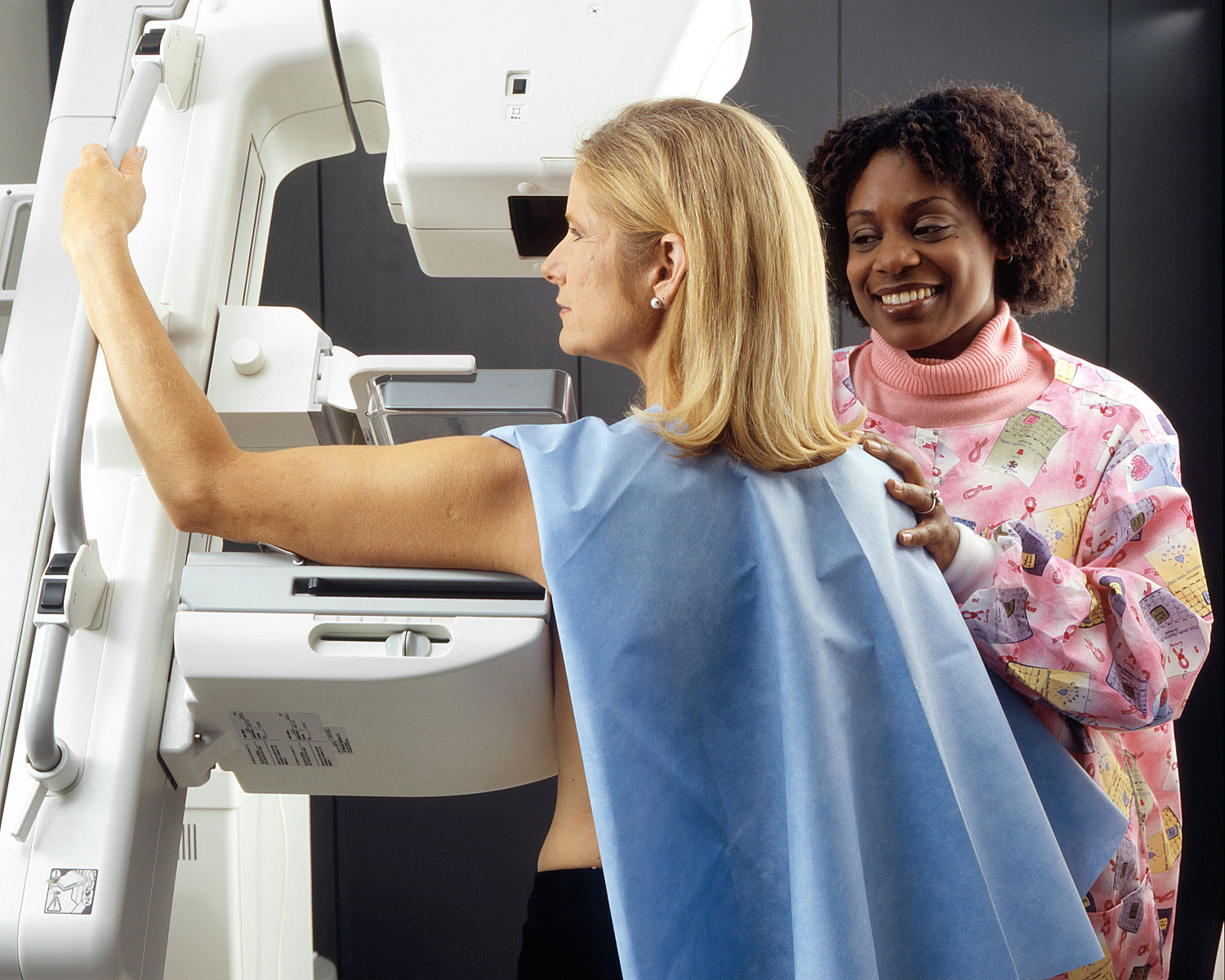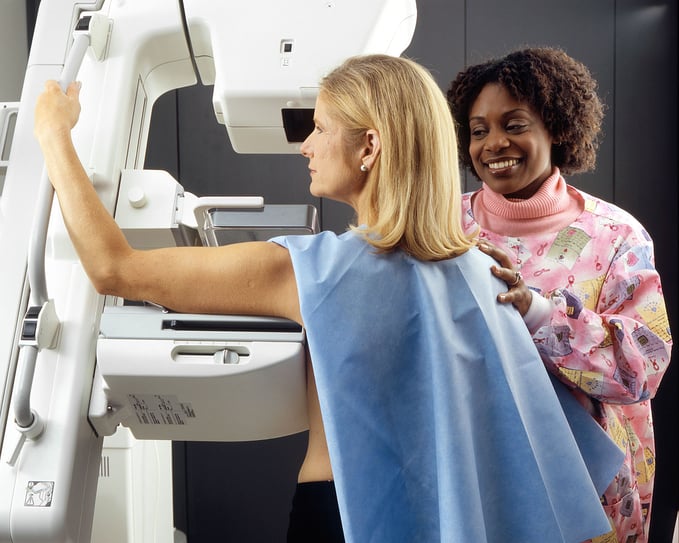Cloud Access to Mammograms Enables Earlier Breast Cancer Detection


A recent study published in the American Journal of Roentgenology shows that early signs of breast cancer can be more easily detected when comparisons to prior mammograms are available. Comparing a current scan with a prior study enables radiologists to identify important changes that can indicate an irregularity, since what is normal varies on a patient-by-patient basis. The only way, however, that prior comparisions can be made is if previous imaging studies are readily available to the physician at the time of diagnosis. Enabling cloud access to mammograms ensures that these comparison images are available wherever and whenever they are needed, thus allowing for earlier detection of breast cancer in patients.
Accessibility to Archived Mammograms
Screening-detected breast cancers are curable 96-99% of the time and often require less invasive therapies. With the availability of prior comparison mammograms, the accuracy of detection improves as do the resulting outcomes. False-positives are significantly decreased when previous examinations are available for comparison. Diagnostic mammography comparisons also increase true-positive findings, thereby detecting cancer more accurately.
Experts estimate that when prior mammograms are available at the point of screening, additional recall exams will be reduced 40-60% and breast cancers will be detected 25% earlier – leading to better outcomes and reduced cost of examination and treatment.
Because each patient’s tissue is unique, archived images are by far the best method to provide a benchmark from which any changes can be judged. Unfortunately, one-in-four patients does not have her prior exam available for comparison at the time of her subsequent scanning. The lack of prior images is often due to changes in the patient’s geography, but also because of delays in obtaining images from a prior provider or faulty information or errors contained on CDs provided to patients. Electronic access to archived images addresses this challenge as it enables oncologists and radiologists the ability to view, read, and compare past and current diagnostic imaging studies in real-time.
Changing Recommendations Make Access to Prior Mammograms Even More Important
For many, mammography screening guidelines can seem contradictory and confusing. The recommended frequency for mammography scanning is changing. Competing assessments by the U.S. Preventative Services Task Force (USPSTF) and American Cancer Society (ACS) both weigh the harms of false positives, unnecessary biopsies, and other costs against the Society of Breast Imaging’s (SBI) recommendation of annual mammograms beginning at age 40.
Assuming nothing changes, after 2017, the Centers for Medicare and Medicaid Services (CMS) will follow the USPSTF guidelines that will have the effect of delaying the starting age to 50 and reducing the frequency of mammograms to every other year. If these new rationed screening protocols are in fact adopted, it will be even more critical to ensure that women have easy access to prior mammograms.
To ensure optimal outcomes, especially if the new metered access to breast imaging comes into effect, facilities should offer women shareable cloud access to mammograms. With the introduction of electronic health records, patients are begining to demand more and more access to their medical information. And who can blame them? Because as the studies show, understanding your past can help you control your future.
-----------------------------------------------------------------------------------------------------
To Learn More About Mammography Technologies Watch Our Webinar:
Featuring Dr. Mark Baganz of Chesapeake Medical Imaging
This free Webinar covers a comparision of 2D vs 3D Mammography, a review of Digital Breat Tomosynthesis, equipment cost considerations, as well as technical requirements to consider before making a switch.
Whether you are a doctor considering implementing 3D Mammograpy, a practice owner trying to learn more about new technologies, or even a patient curious about new treatment options -- this webinar is right for you!




